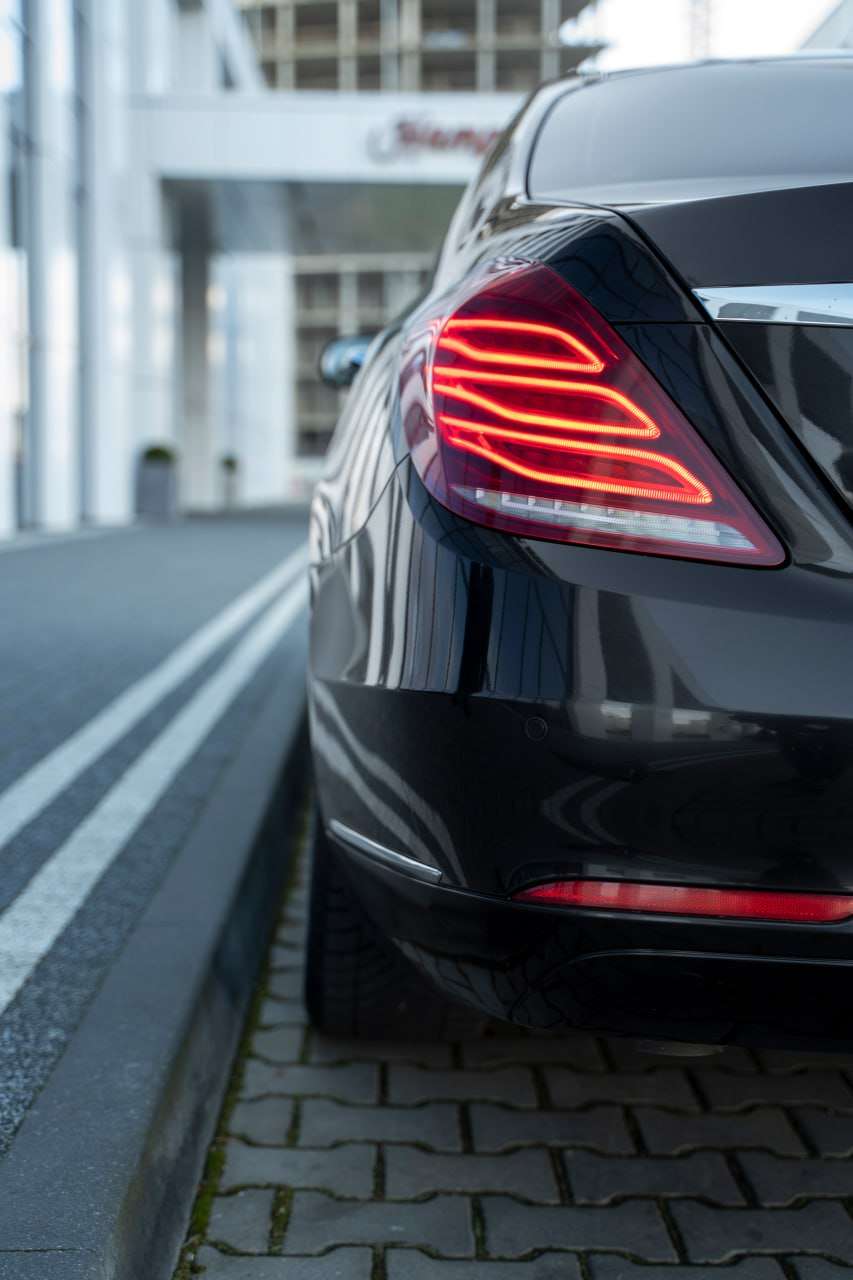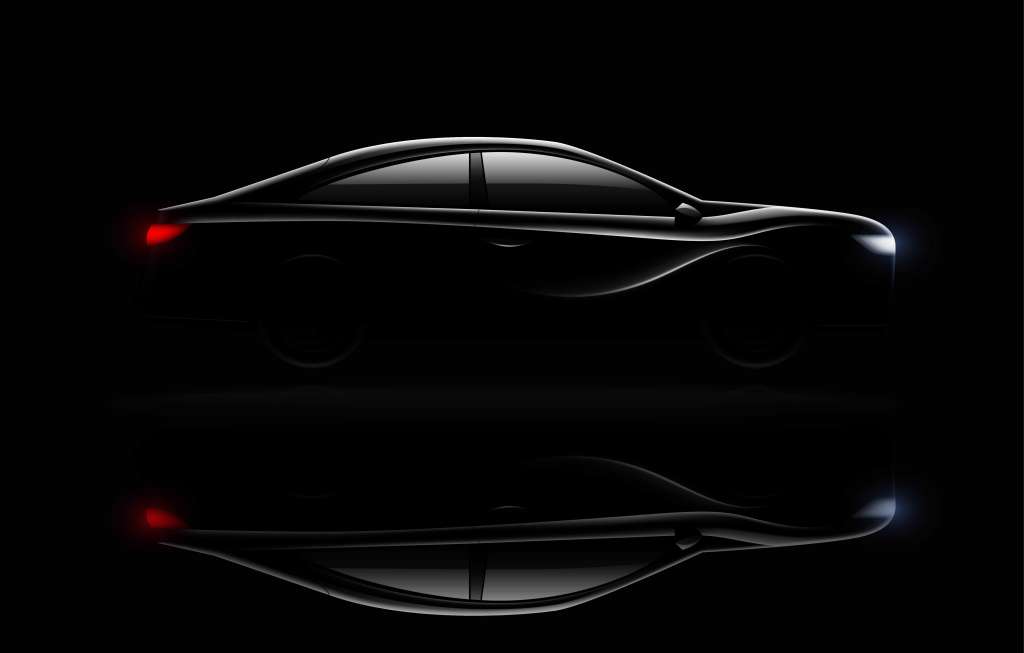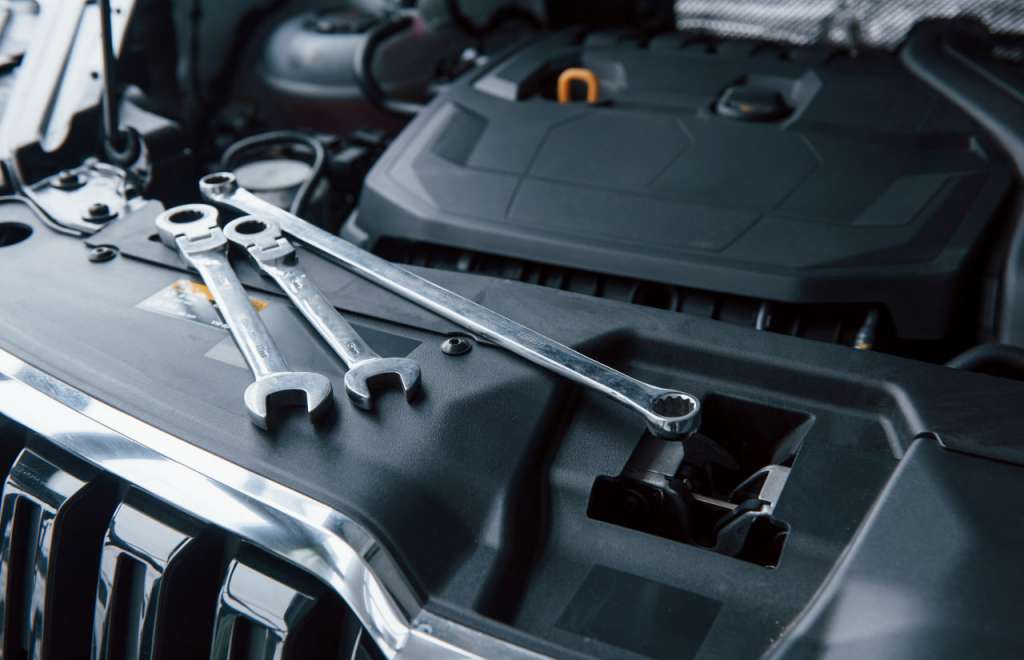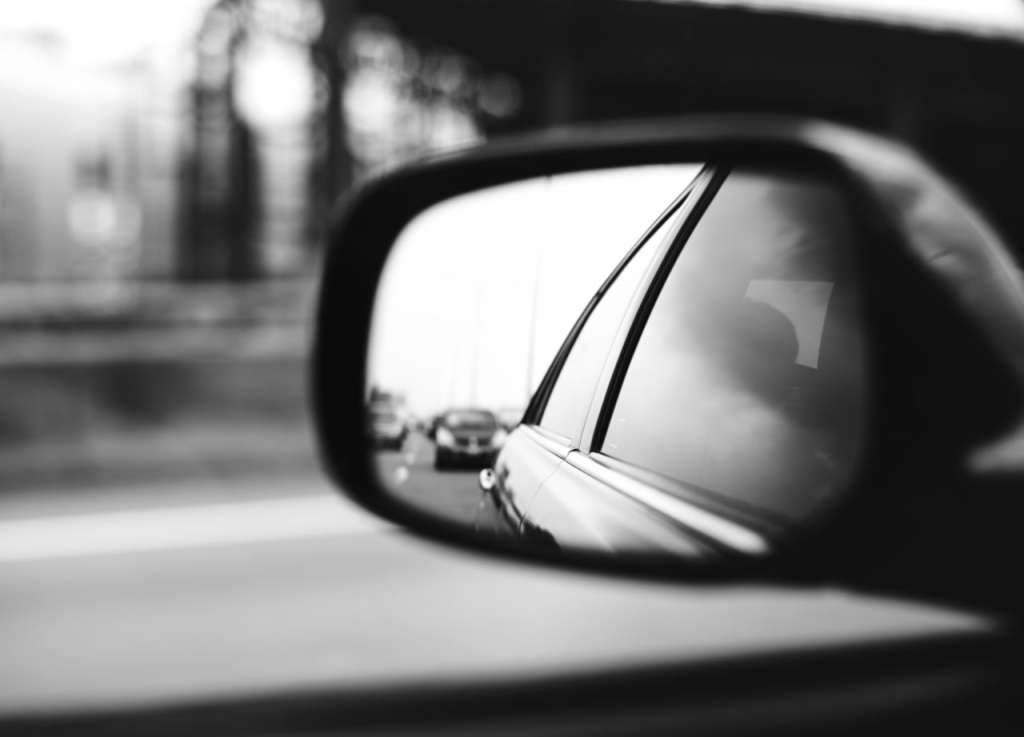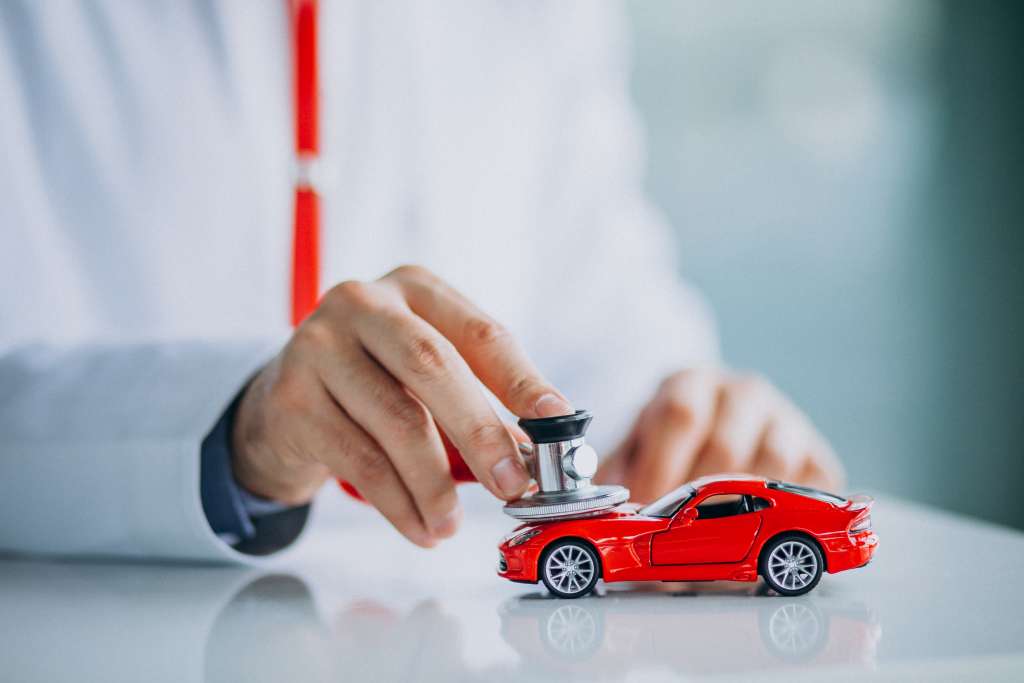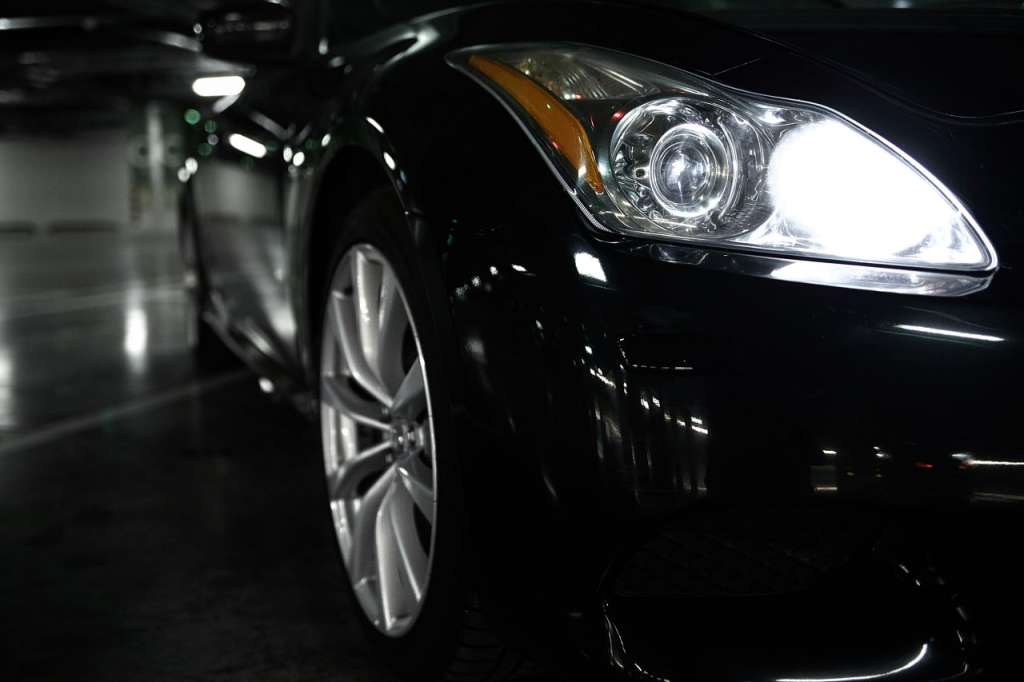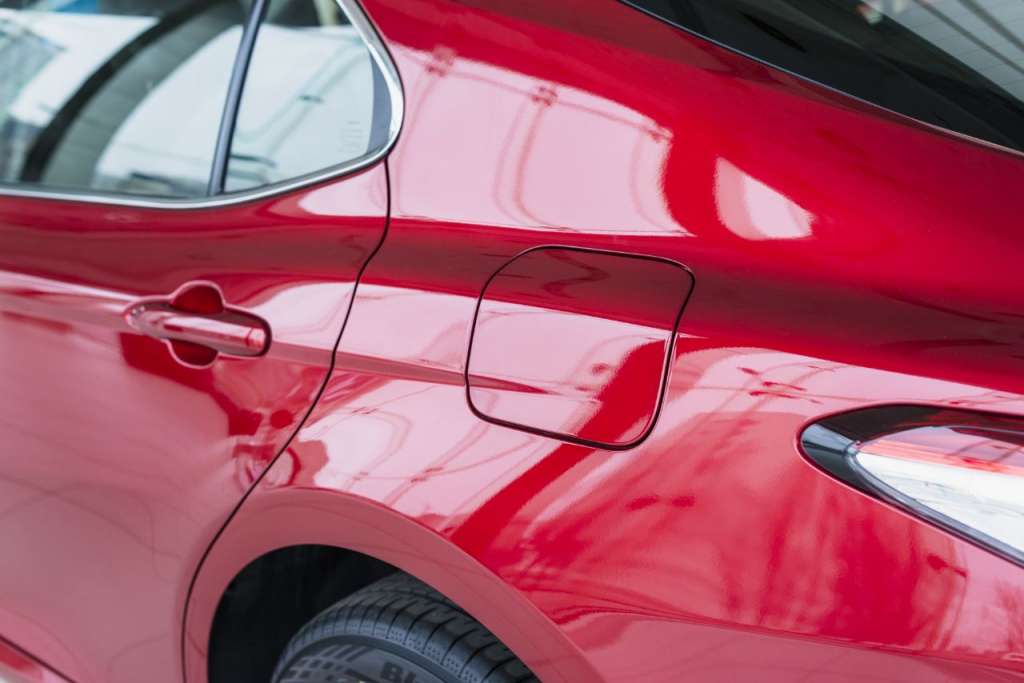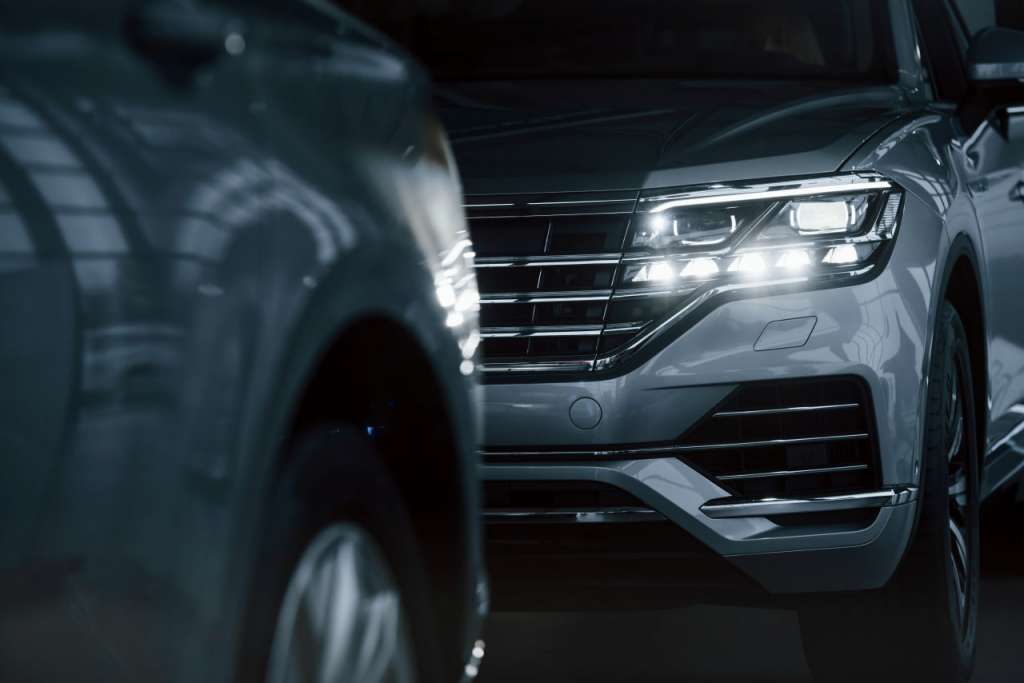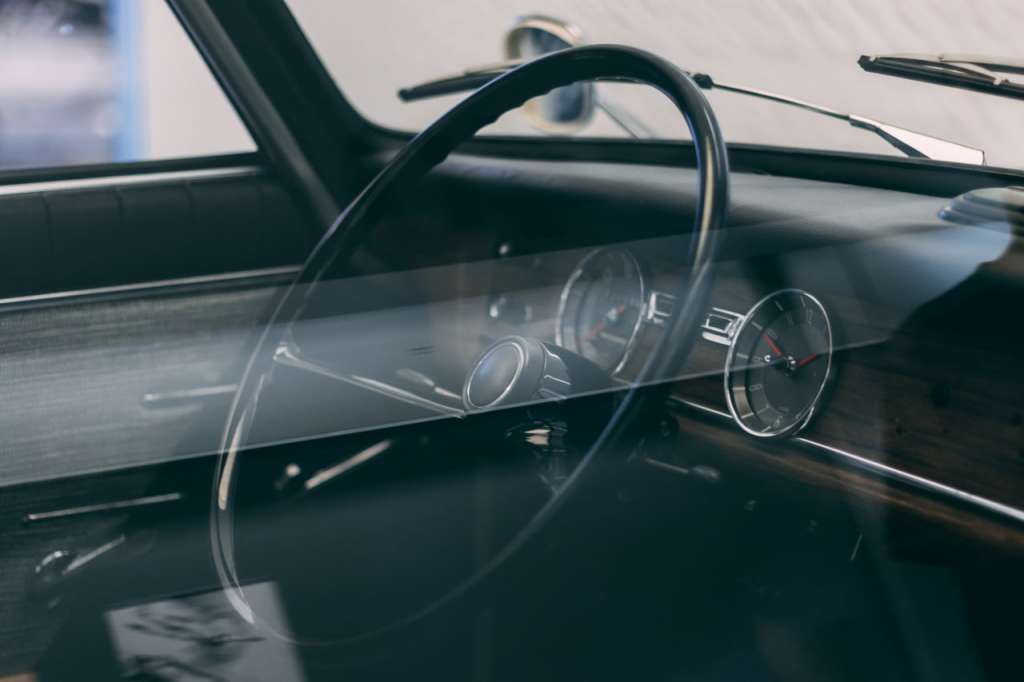Buying a car that has been partially or fully submerged in water does not bode well. The components and assemblies of a vehicle are not designed to interact with moisture, and even if the previous owner managed to restore the car's exterior, it may still have hidden defects that could lead to complete failure and costly repairs.
To avoid these problems, it is recommended to determine whether the car has been flood-damaged before making a purchase. The inspection should be conducted in two main areas — technical and legal.
Salvage Auctions for Flood-Damaged Cars
Most cars that have been totaled and flooded are sold through popular salvage auctions in the West. These vehicles are primarily supplied for sale by insurance companies. In the United States, such cars are deemed unsellable in the domestic market, and the only way to recover some of the costs is to sell them overseas, including to Ukraine.
Organizers assign specific statuses to all auction lots:
- Enhanced Vehicle — the engine does not start, the car cannot move;
- Engine Start Program — the engine starts, but the car cannot move;
- Run & Drive — the engine starts, the car can move, but there is no guarantee of safe operation;
- Rebuilt — the vehicle has been restored and often requires instrumental confirmation of safe driving;
- Odometer — the odometer shows incorrect readings, possibly due to water exposure;
- Flood — the car was in a flooded area, so the flood-damaged car needs to be checked for negative effects of moisture.
The evaluation of a vehicle by salvage auction users is done through photographs. However, even high-resolution images cannot provide an objective assessment of the vehicle. Blurry images or the absence of photos of the engine compartment should raise certain doubts.
Often, sellers replace body parts with new ones, giving the car an attractive appearance, but many defects may be hidden beneath, which cannot be identified remotely. Among the most problematic issues are hydrolock of the engine and misalignment of the chassis.
Before the sale, special symbols are applied to the windows of the vehicle, explaining its source of entry into the auction. From these, it can be determined that the car is a former flood-damaged vehicle. Its technical condition is a real gamble — the damage may be minor, but there is a risk of ending up with a heap of metal that cannot be brought back to proper condition.
The most problematic cars are considered non-profitable, as their restoration costs exceed half of their price.
Read also:
Flood Degree
Depending on the duration of water exposure and the nature of the damages, the following degrees of flooding are distinguished:
- Light — The car was in water briefly and was not completely submerged. Typically, the interior, upholstery, and air conditioning suffer the most.
- Medium — The car was at a depth allowing water to penetrate the upper half of the interior, the engine, and the onboard electronics. Expensive repairs are unavoidable.
- Severe — The car was underwater for an extended period. Water infiltrated all components, forming an emulsion. Most parts and systems are completely non-functional, making restoration potentially unprofitable.
Risks of Buying a Flood-Damaged Car
A car can become submerged for various reasons — floods, hurricanes, heavy rains. In coastal areas, strong waves or tsunamis are possible. In the United States and Japan, such vehicles are sold at special auctions for 10-30% of their market value.
How to Identify a Flood-Damaged Car:
- Electrical Issues — Electrical systems are highly vulnerable to moisture, especially in modern cars. Issues manifest as malfunctioning devices, glitches, and failures in the ECU. Under seemingly intact insulation, wires may be completely corroded.
- Corrosion of Body Elements — Rust may not always be visible as it can hide under arches and sills. Saltwater is particularly harmful.
- Unpleasant Odor in the Interior — Fabrics, upholstery materials, and door panels absorb water, becoming an ideal environment for mold.
- Dirty Interior — When flooded, a car is immersed in dirty water, leaving debris, algae, clay, sand, and other impurities in the interior and on working components. These contaminants often accumulate under rubber seals.
Technical issues are also common. Water entering various components can render them inoperative, and the engine can suffer from hydrolock. In addition to the body, moisture affects bushings, bearings, and ball joints. Suspension and drivetrain parts are not designed for prolonged immersion; oil gets washed out, and fluid seeps through seals and breathers. This results in partial or complete failure due to emulsion formation. The exhaust system suffers as well — pipelines and mufflers rust, and the catalytic converter fails.
When flooding occurs, owners often rush to sell the problematic vehicle, performing quick repairs with substandard parts. Technically identifying a flood-damaged car is challenging, so it's recommended to conduct legal checks to see if the car is listed in relevant databases before signing a purchase agreement and registering the vehicle.
VIN-Based International Services Verification
Ukrainian car owners often wonder: how to avoid buying a flood-damaged car? In addition to technical inspections, which may not always immediately detect flood damage, it is advisable to use specialized services. These services compile their own databases or consult government registries and private companies (car dealerships, service centers, insurance companies) to obtain detailed information about the history of vehicles imported from the USA, Japan, and European countries.
The primary identifier of a car is the VIN code — a unique 17-character alphanumeric combination assigned by the manufacturer. A comprehensive report is provided to the user, which, in addition to flood information, includes many other details about the car's history:
- issues with documentation;
- technical inspections;
- information on registration activities;
- details of previous owners;
- ownership type — personal, corporate, taxi service, or car sharing;
- records of repairs and maintenance.
Checking if a Car is Flood-Damaged
Verifying whether a car is flood-damaged or not is crucial to protect yourself from purchasing a used car with hidden issues that will inevitably surface in the future. This information is compiled into a detailed report, divided into sections for ease of use.
General Information
This section includes a brief description of the vehicle and the most critical data that should be closely examined. It includes information on manufacturer recall campaigns, type of ownership (car sharing, taxi), and the last recorded odometer readings.
Vehicle Condition
This section provides information on the vehicle's condition during previous ownerships. Special markings highlight any previously incurred damage and malfunctions, including those caused by flooding.
Detailed Information
This includes data on the purchase and sale dates, mileage at the time of acquisition, and information on repairs or maintenance performed by specific service centers, along with the reasons for such services. In some cases, comments from specialists on the technical condition are provided, which can indicate whether the car is flood-damaged. This section includes a wealth of data from police reports, insurers, and other entities.
Additional Information
Auction houses assign various certificates (Salvage, Clean title, etc.) to cars, indicating technical damages due to accidents or flooding. The report notes that the repair cost in the United States was prohibitively high, making restoration unprofitable. For this reason, insurers mark such vehicles as Total Loss Reported.
However, this status does not always indicate critical malfunctions. For instance, a minor impact might trigger the airbag pyrotechnic device. American laws do not allow such cars to be used on public roads, and insurance companies write them off, even though the issue can be easily fixed.
Ownership History
This section is particularly important for users who want to check a car's VIN not only for flood damage but also for possible fraudulent actions by the seller or intentional deception. Information is provided for each owner, including the year of purchase, period of ownership, location of use (state and city in the US), and average annual mileage.
Photo Report
Another advantage of using international services to identify a flood-damaged car is obtaining photographs showing how the car looked previously. The photo report includes all available images gathered from various sources. It may feature photos not published by auction owners but taken by insurance company employees at the scene of an accident or in flooded areas after floods, hurricanes, landslides, or other natural disasters. Such information can be extremely useful for assessing the car's technical condition and often serves as a compelling reason to decline a purchase.


